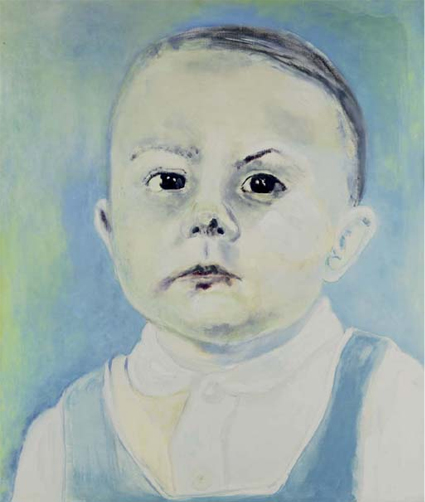It has been eighteen months since Charles Saatchi opened his new gallery, in the labyrinthine, wood-panelled atriums, corridors and offices of the old County Hall on the South Bank, and it seems that he has already decided that it is time once more to reconfigure his ceaselessly shape-shifting collection of contemporary art. His association with the group of young British sculptors and installation artists who first came to prominence in the late 1980s and early 1980s is, apparently, at an end. He has sold Rachel Whiteread’s monumental, elegiac masterpiece Ghost. He has allowed Damien Hirst to repurchase many of the works that he collected at the beginning of that artist’s career and, as if to symbolise the end of a particular era in his collecting activities, he has even disposed of the signature work by Hirst which, more than any other, came to symbolise the Saatchi Collection in the 1990s. The Physical Impossibility of Death in the Mind of Someone Living – otherwise known as the pickled tiger shark – recently went to a collection in America for a figure rumoured to be in the region of £7 million.
The disposals have been matched by new acquisitions, primarily in the field of painting, and it is these which Saatchi intends to display over the next year or two, in an exhibition of such extent that it has had to be divided into three separate instalments – under the grand title “The Triumph of Painting”. The first instalment opened at the gallery last week, with works by just six painters: Hermann Nitsch, Martin Kippenberger, Georg Immedorff, Peter Doig, Marlene Dumas and Luc Tuymans.
These artists come from widely differing backgrounds and range in generation from Nitsch, who was born in Vienna in 1938, to Doig, an artist of Canadian origin...

The Triumph of Painting (2005) and the Failure of Charles Saatchi
23-01-2005

